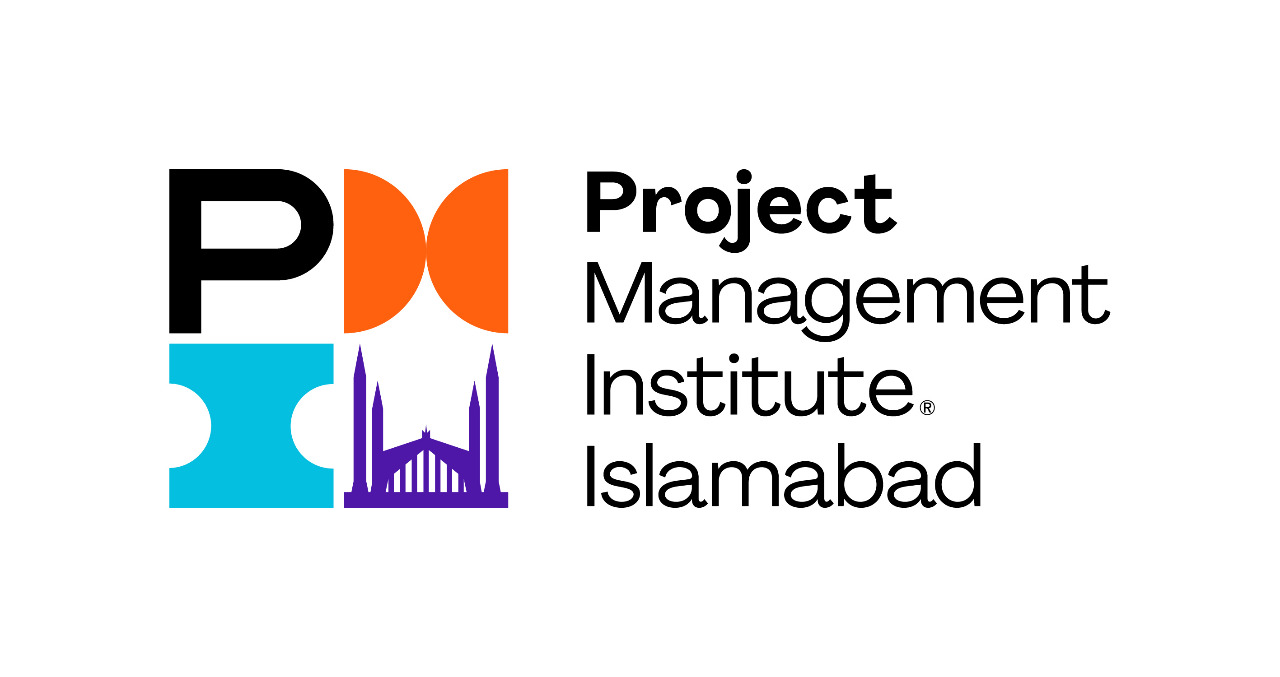There’s growing acknowledgement that project management isn’t just about being able to use a project scheduling tool, manage resources and handle the budget. It’s also about being able to effectively lead the team.
Leadership is the hidden talent that sets exceptional project managers aside from the rest. It’s a way of ensuring people are engaged with the vision and coming on the journey with you. It sounds a little ‘fluffy’ but it’s essential if you want to get your project tasks completed in the right way.
But what does leadership look like? Here are 3 leadership techniques that you can use on your projects to keep your team connected to the work.
1. Share the Project Goals
Do people on the team really know what this project is all about? The leader’s first, and probably most straightforward task, is to make sure that they do.
That, of course, means you need to know what the project objectives are yourself – but that’s an article for a different day!
Once you have a clear vision for the project, share it and keep sharing it. Use the time at the start of each team meeting to remind people why they are there. Set the scene, share what it is going to look like when the work is complete.
You can even hang them on the wall. If you have staff working together in the same office, take over the corner of a white board and note the goals there. Or put them up on a flip chart in the meeting room. Anything that makes them front and center the whole time, so people focus on the importance of the ‘why’.
Writing them down is a good strategy as it helps them ‘stick’ more than if you simply speak them in meetings.
2. MBWA (Management by Walking Around)
This is a technique you have probably heard of, but do you do it? It’s really easy, even if it does feel a little forced at the beginning.
It is exactly what it sounds like: walk around the office and greet the team. Check in with them, ask what their challenges are. It’s effective, cheap, and it boosts morale at the same time as getting the team to feel more connected to you and each other. People appreciate you taking the time to catch up with them. You can more easily make connections between what the team members are doing, and help them solve problems together by joining the dots.
You can do it in a virtual team too – a quick Skype message or a phone call is all it takes, although you might not want to do that every day unless it’s in the culture of your team to have daily check ins.
Help them with a question, take a quick look at their project plan, chat about the weekend – it can be very informal.
This technique can also encourage people to come to you with problems. It’s a different way of showing that you have an open door policy. If you approach them, they are more likely to feel comfortable approaching you directly if they need to.
You can also use this time to give credit where credit is due, say thanks for a job well done and show appreciation. Yes, you can do this in a more formal way, in front of a group or through a formal recognition scheme, but simply saying, “Thanks for your work yesterday,” could be all it takes to share the successes of the team and pass on the message that they are doing a good job. It’s no effort at all to say thank you, so make sure you do it!
3. Shield The Team From Office Politics
Part of your role as the leader is to ensure people have the resources they need to do their jobs, and that extends to having the mental space free from petty distractions. So, keep them out of office politics. They don’t need to know that you are in a turf war with the people from Marketing to secure that last meeting room for your project. They don’t need to know that the expenses for the project have been bounced back again.








